The MHT CET Physics chapter-wise weightage is significant as the probability of scoring good marks increases upon completion of these chapters. The high-weightage chapters are Kinetic Theory Of Gases And Radiation, Molecules And Nuclei, Rotational Motion, etc.
Table of Contents
MHT CET Physics Chapter Wise Weightage 2024: The chapters with maximum weightage are Kinetic Theory Of Gases And Radiation; other important chapters with higher weightage are Oscillations, Atoms, Molecules, And Nuclei, Rotational Motion, Electrostatics and many more.
The other essential physics chapters that are very scoring are Magnetic Effects Of Electric Current, Electromagnetic Induction, Semiconductors and Wave Motion.
MHT CET Physics Chapter Wise Weightage In Percentage
MHT CET Physics chapter wise weightage is tabulated below carefully for students in descending order of weightage in percentage. Candidates can boost their performance in the MHT CET exam 2024 by practising problems and concentrating more on formulas.
| Physics Chapter | Weightage In Percentage |
| Kinetic Theory Of Gases And Radiation | 12% |
| Oscillations | 8% |
| Atoms, Molecules, And Nuclei | 8% |
| Rotational Motion | 7% |
| Electrostatics | 7% |
| Magnetic Effects Of Electric Current | 6% |
| Electromagnetic Induction | 6% |
| Semiconductors | 6% |
| Wave Motion | 5% |
| Magnetism | 5% |
| Circular Motion | 4% |
| Surface Tension | 4% |
| Interference And Diffraction | 4% |
| Current Electricity | 4% |
| Gravitation | 3% |
| Stationary Waves | 3% |
| Electrons And Photons | 3% |
| Elasticity | 2% |
| Wave Theory Of Light | 2% |
| Communication Systems | 1% |
Practice: MHT CET Previous Year Question Papers
Important Physics Units for MHT CET 2024
The most critical Physics units for MHT CET 2024 are Kinetic Theory Of Gases and Radiation, Oscillations, Atoms, Molecules And Nuclei, Laws of motion, Magnetic Effects Of Electric Current, and Electromagnetic Induction.
The detailed topic-wise distribution of these chapters is listed below for a better understanding of students:
1. Behaviour of perfect gas and kinetic theory
- Equation of state of a perfect gas: Work done on compressing a gas.
- Kinetic theory of gases: Assumptions, concept of pressure. Kinetic energy and temperature; degrees of freedom, law of equipartition of energy (Statement only) and application to specific heat capacities of gases; concept of mean free path
2. Oscillations and waves
- Periodic motion: Period frequency, displacement as a function of time. Periodic functions. Simple harmonic motion(SHM) and its equation; phase; oscillations of a spring-restoring force and force constant; energy in SHM – Kinetic and potential energies; simple pendulum – derivation of expression for its time period; free and forced and damped oscillations (qualitative ideas only), resonance
- Wave motion: Longitudinal and transverse waves, speed of wave motion. Displacement relation for a progressive wave. Principle of superposition of waves, reflection of waves, standing waves in strings and organ pipes, fundamental mode and harmonics. Beats. Doppler effect.
Also Read: MHT CET Passing Marks 2024
3. Atoms and Nuclei
- Alpha: Particle scattering experiments; Rutherford’s model of atom; Bohr model, energy levels, hydrogen spectrum. Composition and size of nucleus, atomic masses, isotopes, isobars; isotones
- Radioactivity: Alpha, beta and gamma particles/rays and their properties decay law. Mass-energy relation, mass defect; binding energy per nucleon and its variation with mass number, nuclear fission and fusion
4. Laws of motion
- Intuitive concept of force: Inertia, Newton’s first law of motion; momentum and Newton’s second law of motion; impulse; Newton’s third law of motion. Law of conservation of linear momentum and its applications
- Equilibrium of concurrent forces: Static and kinetic friction, laws of friction, rolling friction, lubrication
- Dynamics of uniform circular motion: Centripetal force, examples of circular motion (vehicle on level circular road, vehicle on banked road)
Read More: MHT CET Preparation 2024
5. Electro statistics
- Electric charges and their conservation: Coulomb’s law-force between two point charges, forces between multiple charges; superposition principle and continuous charge distribution
- Electric field, electric field due to a point charge, electric field lines; electric dipole, electric field due to a dipole; torque on a dipole in a uniform electric field
- Electric flux: Statement of Gauss’s theorem and its applications to find field due to infinitely long straight wire, uniformly charged infinite plane sheet and uniformly charged thin spherical shell (field inside and outside)
- Electric potential, potential difference, electric potential due to a point charge, a dipole and system of charges: equipotential surfaces, electrical potential energy of a system of two point charges and of electric dipoles in an electrostatic field
- Conductors and insulators: Free charges and bound charges inside a conductor. Dielectrics and electric polarisation, capacitors and capacitance, combination of capacitors in series and in parallel, capacitance of a parallel plate capacitor with and without dielectric medium between the plates, energy stored in a capacitor, Van de Graaff generator
6. Magnetic Effects of Current and Magnetism
- Concept of magnetic field, Oersted’s experiment: Biot-Savart law and its application to current carrying circular loop
- Ampere’s law and its applications to infinitely long straight wire, straight and toroidal solenoids. Force on a moving charge in uniform magnetic and electric fields. Cyclotron
- Force on a current-carrying conductor in a uniform magnetic field: Force between two parallel current-carrying conductors – definition of ampere. Torque experienced by a current loop in a magnetic field; moving coil galvanometer – its current sensitivity and conversion to ammeter and voltmeter
- Current loop as a magnetic dipole and its magnetic dipole moment: Magnetic dipole moment of a revolving electron. Magnetic Field Intensity due to a magnetic dipole(bar magnet) along its axis and perpendicular to its axis. Torque on a magnetic dipole (bar magnet) in a uniform magnetic field; bar magnet as an equivalent solenoid, magnetic field lines; Earth’s magnetic field; bar magnet as an equivalent solenoid, magnetic field lines; Earth’s magnetic field and magnetic elements.
- Para -, dia-and ferro-magnetic substances, with examples. Electromagnetic and factors affecting their strengths. Permanent magnets
7. Electromagnetic Induction and Alternating Currents
- Electromagnetic induction: Faraday’s law, induced emf and current; Lenz’s law, eddy currents. Self and mutual inductance
- Alternating currents, peak and rms value of alternating current/voltage: Reactance and impedance; LC oscillations (qualitative treatment only), LCR series circuit, resonance; power in AC circuits, wattles current
- AC generator and transformer
Must Read: MHT CET Career Options 2024
Top 10 Important Physics Questions for MHT CET
The top 10 important Physics questions for the MHT CET is listed down below for students to attempt and evaluate their preparation level for MHT CET exam.
1. In which thermodynamic process, there is no exchange of heat between the system and
surroundings?
(A) Isothermal (B) Adiabatic
(C) Isochoric (D) Isobaric
2. A diffraction pattern is obtained by making blue
light incident on a narrow slit. If blue light is
replaced by red light then
(A) there is no change in diffraction pattern.
(B) diffraction bands become broader.
(C) diffraction bands disappear.
(D) diffraction bands become narrower.
3. Consider the following statements about interference of light.
A – When crest of one wave coincides with crest of another wave at a point, this point is a
point of destructive interference.
B – Two coherent sources emit wave of same frequency with constant phase difference. Choose the correct option from the following.
(A) Both statements A and B are wrong.
(B) Statement B is correct while statement A is wrong.
(C) Statement A is correct while statement B is wrong.
(D) Both statements A and B are correct.
4. If ‘V’ is velocity and ‘a’ is acceleration of a particle executing linear simple harmonic motion. Which one of the following statements
is correct?
(A) when ‘a’ is maximum, v is maximum.
(B) when ‘a’ is maximum, v is zero.
(C) when ‘a’ is zero, v is zero.
(D) ‘a’ is zero for any value of ‘v’.
5. A string is vibrating in its fifth overtone between two rigid supports 2.4 m apart. The distance between successive node and antinode
is
(A) 0.2 m
(B) 0.6 m
(C) 0.8 m
(D) 0.1 m
Also Check: MHT CET Reservation Criteria
6. A liquid drop having surface energy ‘E’ isspread into 216 droplets of the same size. The final surface energy of the droplets is
(A) 3 E
(B) 8 E
(C) 2 E
(D) 6 E
7. A 4 kg mass and a 1 kg mass are moving with equal energies. The ratio of the magnitude of their linear momenta is
(A) 1 : 2
(B) 2 : 1
(C) 1 : 1
(D) 4 : 1
8. A van is moving with a speed of 108 km/hr on a level road where the coefficient of friction between the tyres and the road is 0.5. For the
safe driving of the van, the minimum radius of curvature of the road shall be (Acceleration due to gravity, g = 10 m/s2)
(A) 180 m
(B) 120 m
(C) 80 m
(D) 40 m
9. If ‘N’ is the number of turns in a circular coil, the value of its self-inductance varies as
(A) N0
(B) N3
(C) N2
(D) N1
10. A mass tied to a string is whirled in a horizontal circular path with a constant angular velocity and its angular momentum is L. If the string is now halved, keeping angular velocity same, then the angular momentum will be
(A) L
(B) L/4
(C) 2L
(D) L/2
Also Check: How to Prepare for MHT CET 2024 in 10 Days?


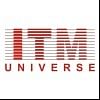




![Savitribai Phule Pune University [SPPU], Pune](https://media.getmyuni.com/azure/college-image/small/savitribai-phule-pune-university-sppu-pune.jpg)
![Institute of Chemical Technology, [ICT] Mumbai](https://media.getmyuni.com/azure/college-image/small/institute-of-chemical-technology-ict-mumbai.jpg)
![University of Mumbai [UM] Mumbai](https://media.getmyuni.com/azure/college-image/small/university-of-mumbai-um-mumbai.jpg)



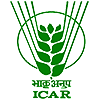

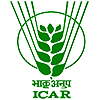
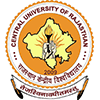












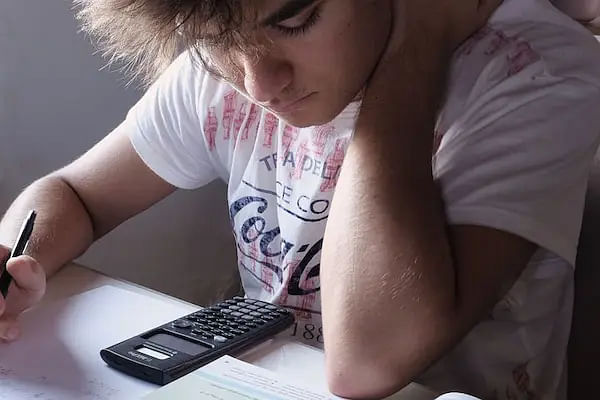

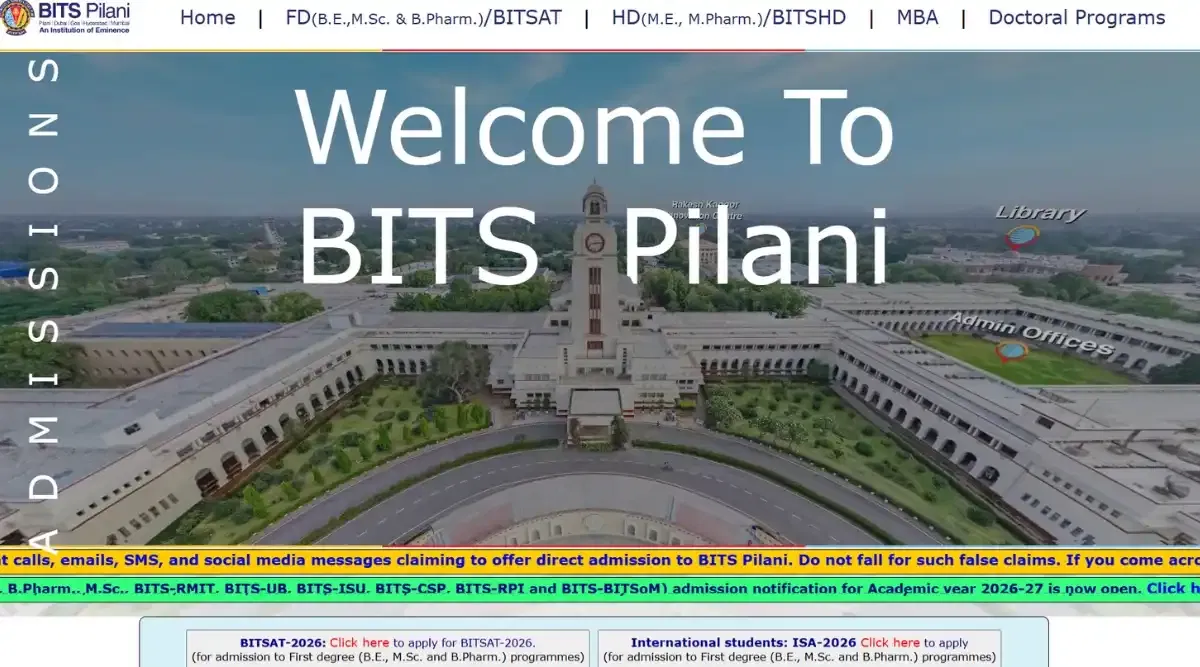


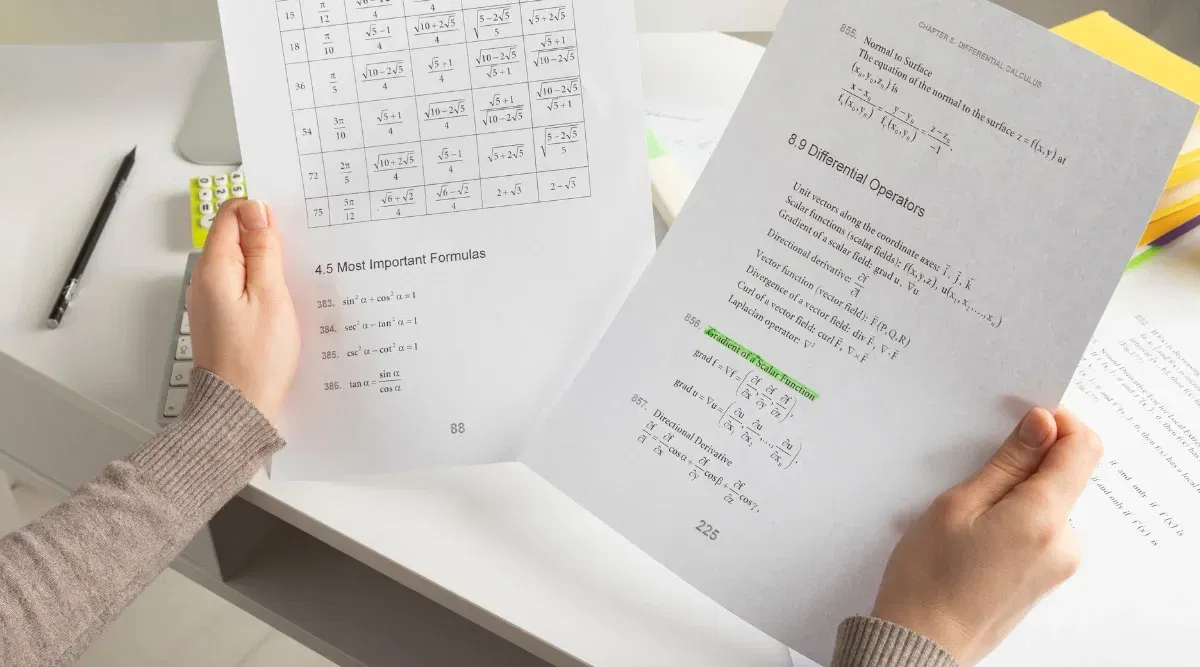






POST YOUR COMMENT